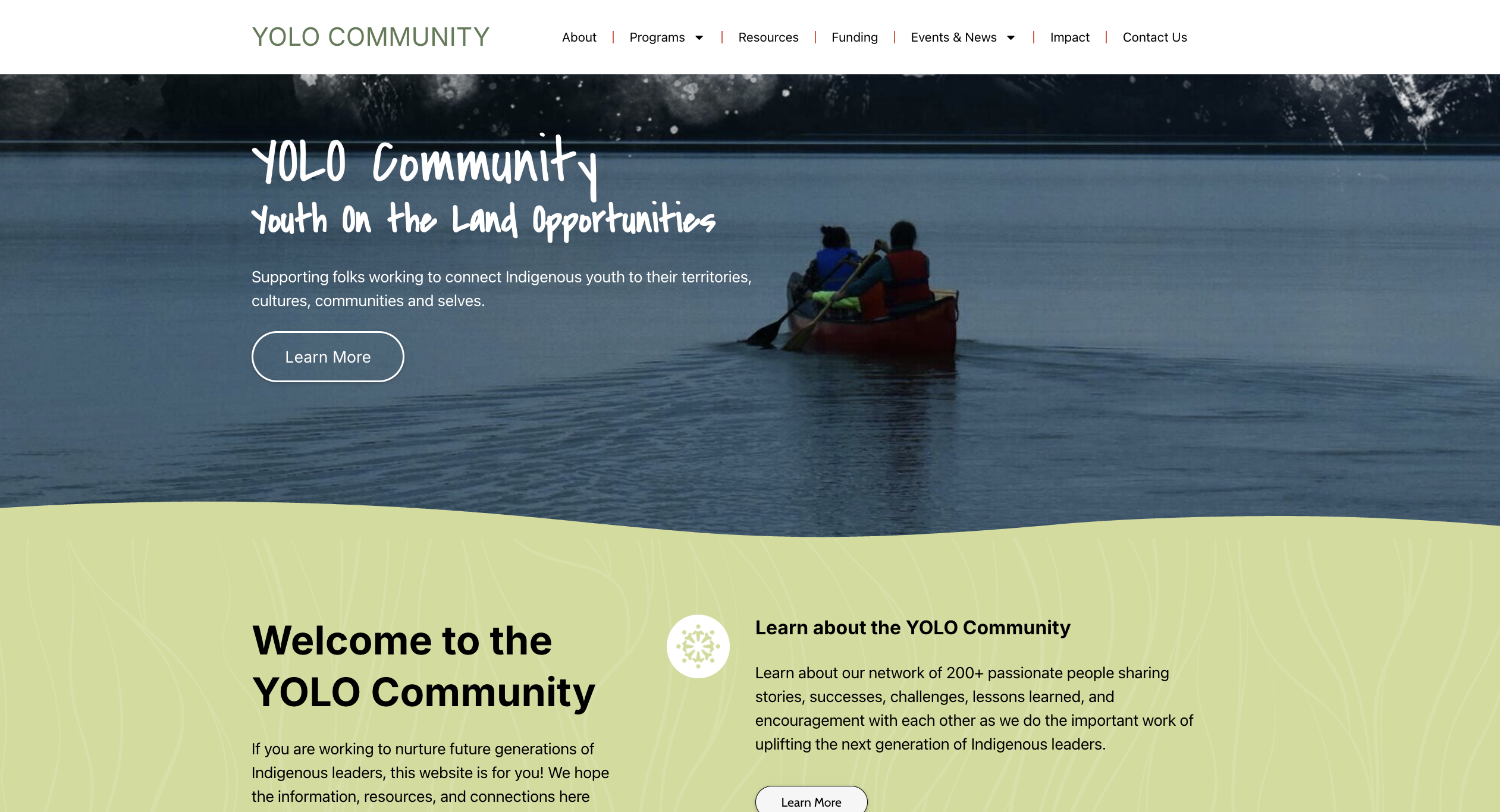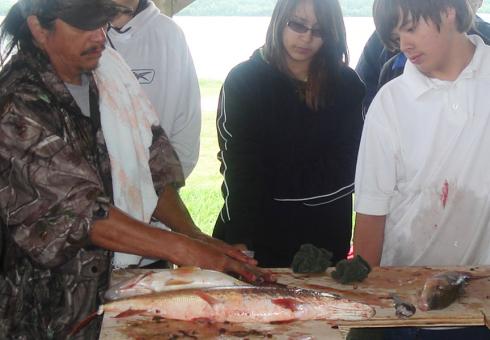What are some ways to engage youth?
Guardian programs can involve youth by building a youth component directly into the Guardian program or by connecting with land-and-water-based learning programs that are built into school structures, after school clubs, health programming, summer internships within stewardship offices, or other places.
One helpful resource for learning more about engaging youth is the YOLO (Youth On the Land Opportunities) Community network. YOLO is a network of 300+ individuals supporting on-the-land/water opportunities for Indigenous youth across Canada. It includes people running land-based learning programs through stewardship departments, Guardian programs, and other settings (e.g., health centres, schools, child/family services, non-profits). The network supports each other by connecting to share encouragement, information, resources, successes, challenges, and lessons learned.

- Visit the YOLO website
- Sign up for the YOLO list-serv to get the latest updates
- Check out the upcoming webinars and virtual coffee hours to connect with YOLO practitioners
You can also read through the resources below for some ideas and tips on strategies that other communities have used to engage youth:

